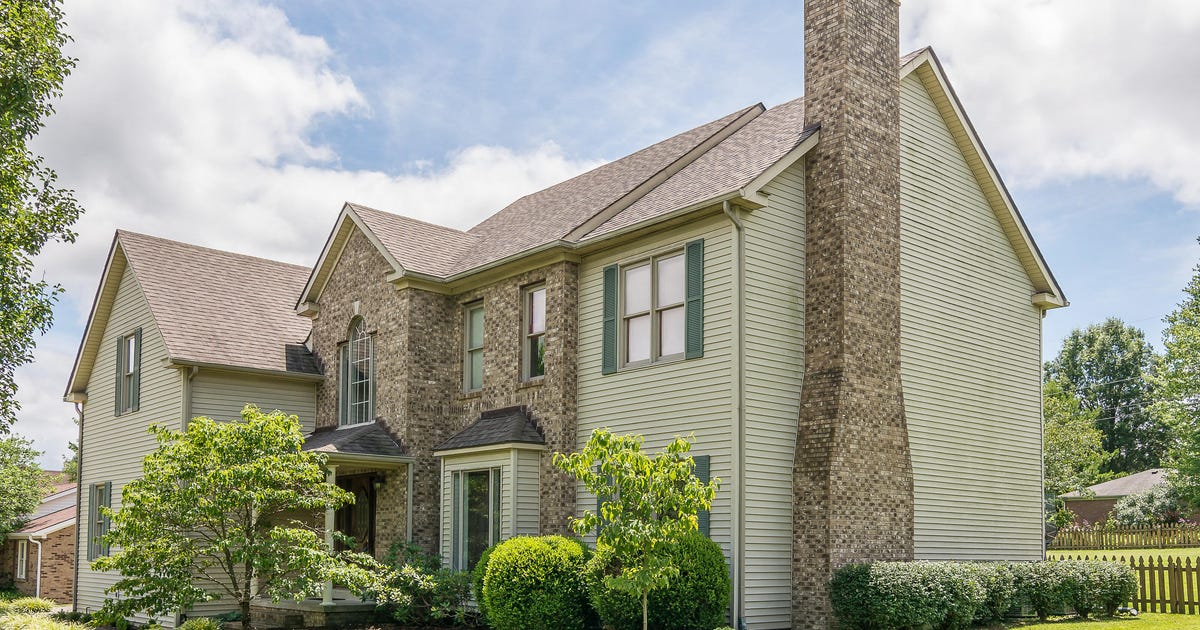
A number of principal mortgage rates slid downward today, keeping with a recent trend. Both 15-year fixed and 30-year fixed mortgage rates decreased.
Mortgage rates have been slowly rising since the start of this year, and are expected to increase throughout 2022. Rates are now closer to 2018 levels than the historic lows seen during the height of the pandemic. Interest rates are dynamic — they rise and fall on a daily basis depending on economic factors. In general, now is a good time for prospective homebuyers to lock in a lower rate rather than later this year. Speaking with multiple lenders will help you find the best rate available for your financial situation.
30-year fixed-rate mortgages
The 30-year fixed-mortgage rate average is 5.28%, which is a decrease of 20 basis points as seven days ago. (A basis point is equivalent to 0.01%.) Thirty-year fixed mortgages are the most frequently used loan term. A 30-year fixed mortgage will usually have a higher interest rate than a 15-year fixed rate mortgage — but also a lower monthly payment. You won’t be able to pay off your house as quickly and you’ll pay more interest over time, but a 30-year fixed mortgage is a good option if you’re looking to minimize your monthly payment.
15-year fixed-rate mortgages
The average rate for a 15-year, fixed mortgage is 4.60%, which is a decrease of 14 basis points compared to a week ago. Compared to a 30-year fixed mortgage, a 15-year fixed mortgage with the same loan value and interest rate will have a higher monthly payment. But a 15-year loan will usually be the better deal, as long as you’re able to afford the monthly payments. These include typically being able to get a lower interest rate, paying off your mortgage sooner, and paying less total interest in the long run.
Mortgage rate trends
Although 2022 started with low mortgage rates, there has been an uptick in recent months, and rates will likely continue climbing throughout 2022. Home loan rates are influenced by different economic factors. A major one is government policy set by the Fed, which raised rates by half a percentage point in May 2022, the highest increase in 22 years, in response to record-high inflation. This was the second rate increase by the Fed and several more are expected throughout the year. So, if you’re looking to buy a house in 2022, expect mortgage rates to keep increasing.
We use data collected by Bankrate, which is owned by the same parent company as CNET, to track rate changes over time. This table summarizes the average rates offered by lenders across the country:
Today’s mortgage interest rates
Rates accurate as of May 26, 2022.
How to find personalized mortgage rates
When you are ready to apply for a loan, you can connect with a local mortgage broker or search online. In order to find the best home mortgage, you’ll need to take into account your goals and current finances. A range of factors — including your down payment, credit score, loan-to-value ratio and debt-to-income ratio — will all affect your mortgage rate. Having a higher credit score, a larger down payment, a low DTI, a low LTV, or any combination of those factors can help you get a lower interest rate. The interest rate isn’t the only factor that affects the cost of your home — be sure to also consider other factors such as fees, closing costs, taxes and discount points. Be sure to shop around with multiple lenders — for example, credit unions and online lenders in addition to local and national banks — in order to get a loan that works best for you.
What is a good loan term?
When picking a mortgage, it’s important to consider the loan term, or payment schedule. The mortgage terms most commonly offered are 15 years and 30 years, although you can also find 10-, 20- and 40-year mortgages. Mortgages are further divided into fixed-rate and adjustable-rate mortgages. For fixed-rate mortgages, interest rates are fixed for the life of the loan. For adjustable-rate mortgages, interest rates are stable for a certain number of years (typically five, seven or 10 years), then the rate fluctuates annually based on the market rate.
One thing to consider when choosing between a fixed-rate and adjustable-rate mortgage is how long you plan on living in your home. For those who plan on staying long-term in a new house, fixed-rate mortgages may be the better option. Fixed-rate mortgages offer greater stability over time in comparison to adjustable-rate mortgages, but adjustable-rate mortgages can sometimes offer lower interest rates upfront. If you aren’t planning to keep your new house for more than three to 10 years, though, an adjustable-rate mortgage could give you a better deal. The best loan term is entirely dependent on an individual’s situation and goals, so be sure to think about what’s important to you when choosing a mortgage.


